Arsenic. You’ve heard of it, and probably think of it as a poison.
It is toxic in high concentrations, but let’s clear up what arsenic actually is.
Arsenic is atomic number 33, with the symbol “As” on the periodic table of elements. Arsenic is a heavy metal and can combine with other metals to strengthen them. That’s great for metal alloys, but it can become a deadly poison for the human body. A testament to this is that arsenic is also used in making insecticides and weed killers. Further, arsenic is considered carcinogenic by cancer.org.
There are two types of arsenic: organic, and inorganic. Inorganic arsenic is the type that is more toxic to the body, while organic arsenic is toxic only in larger concentrations. Unfortunately, both types are found in water, food, air, and soil.
And that’s where it gets a little scary. Arsenic poisoning? What?
Don’t worry, I’ll be explaining what it is, what to do, and which foods are potentially high in arsenic.
What is Arsenic Poisoning?
 While trace amounts of arsenic don’t elicit any symptoms, higher levels of exposure from living near industrial areas or drinking contaminated water can lead to arsenic poisoning – otherwise known as “arsenicosis”. Arsenicosis may result in severe health problems if untreated.
While trace amounts of arsenic don’t elicit any symptoms, higher levels of exposure from living near industrial areas or drinking contaminated water can lead to arsenic poisoning – otherwise known as “arsenicosis”. Arsenicosis may result in severe health problems if untreated.
- Vomiting
- Abdominal pain
- Diarrhea
- Dark urine
- Dehydration
- Cardiac issues
- Hemolysis, or the destruction of red blood cells
- Vertigo
- Delirium
- Shock
- Death
Additionally, longer-term exposure to arsenic is associated with some types of cancer, including bladder, kidney, lung, and skin cancer as evidenced by a study posted in the Journal of Environmental Health Perspectives.
Sounds bad? It is if we’re not careful.
So what should we watch out for in terms of our diet? Good question.
1. Rice
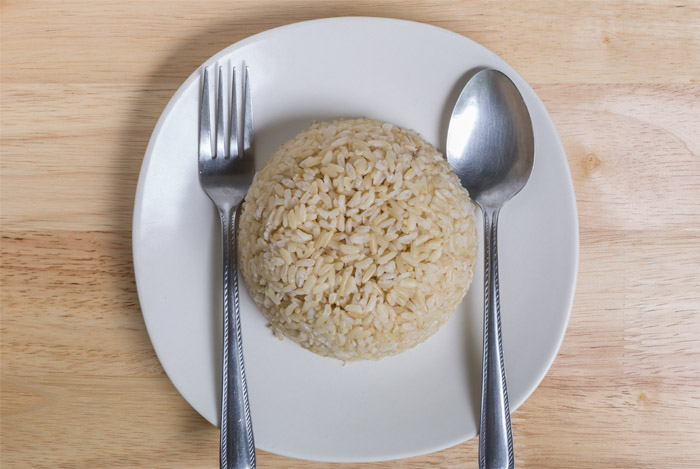 Yep…rice.
Yep…rice.
A study posted at the University of Michigan showed that there was an association with rice consumption and arsenic excretion in 229 pregnant women. Yikes.
Consumer Reports conducted a study on arsenic in foods and found the following on rice:
- Most of the rice in the United States is grown in Arkansas, Louisiana, Missouri, and Texas – these farms have higher levels of arsenic compared to rice grown elsewhere. This could be because the south-central region was historically treated with arsenical pesticides to combat boll weevils.
- Brown rice has higher levels of arsenic than white rice.
- As a result, cultures that tend to have a high rice diet have higher arsenic levels than those who do not eat rice.
Why does rice have arsenic?
The dailybeast posted an article explaining that rice contains arsenic for two reasons:
- The composition of the rice husk may attract arsenic into the grain – hence the reason why brown rice, which retains the husk, has more arsenic than white rice, which has the husk removed. This is further evidenced by a study posted at the University of Dhaka explaining the potential of waste rice husks for arsenic removal.
- Rice absorbs more water and is grown in much wetter conditions than most grains. Since water also contains arsenic, grains that take up more water would naturally take up more arsenic.
Now this doesn’t mean you have to remove rice completely from your diet, but it’s important to know that it is a source of arsenic exposure.
2. Rice-Products
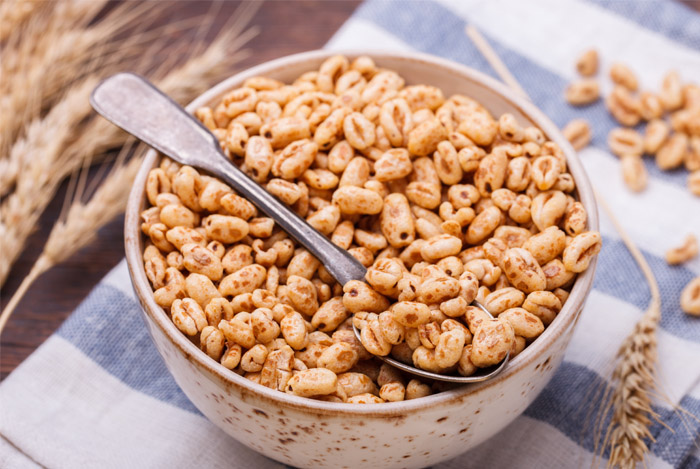 Unfortunately, because arsenic is present in rice, it also exists in rice-products in general. The FDA released an analysis of around 1,100 rice samples and rice products to figure out the risks of arsenic consumption.
Unfortunately, because arsenic is present in rice, it also exists in rice-products in general. The FDA released an analysis of around 1,100 rice samples and rice products to figure out the risks of arsenic consumption.
Consumer reports listed cereals as a large cause for concern given the potential exposure in infants and children. They recommend that infants are limited to a single serving of rice cereal per day.
Rice is present in many foods in some shape or form including baked goods, beverages, cereals, baby foods, nutrition bars, desserts, and pastas.
Other rice products and serving limitations listed are as follows:
- Infant rice cereal – Children should have no more than one serving per day.
- Hot cereal – Children should have no more than 1 ¾ servings per week, and adults should have no more than 2 ½ servings per week.
- Ready-to-eat cereal – Children should have no more than 1 ½ servings per week, and adults should have no more than 3 servings per week.
- Rice milk/drink – Adults should have no more than a half a serving a day. No recommendation for children exist – I presume that means it is a no.
- Rice – Children should have no more than 1 ¼ servings per week, and adults should have no more than 2 servings per week.
- Rice pasta – Children should have no more than 1 ½ servings per week, and adults should have no more than 3 servings per week.
- Rice cracker – Children should have no more than ½ a serving per day, and adults should have no more than 1 serving per day.
- Rice cakes – Children should have no more than one serving per week, and adults should have no more than 2 1/3 servings per week.
It may seem like a daunting list, but the FDA found that arsenic levels are overall very low, and do not result in short-term health issues. Long term issues are the focus of research.
3. Apple Juice
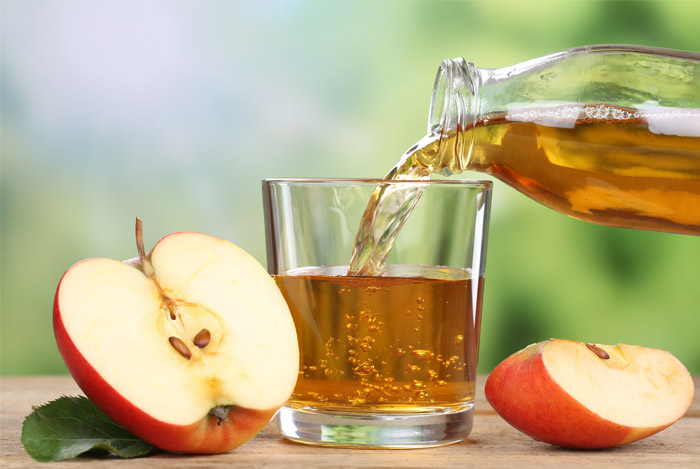 Do you listen to NPR? I love NPR. Especially while stuck in traffic.
Do you listen to NPR? I love NPR. Especially while stuck in traffic.
Anyways, NPR had a story on how arsenic is present in apple juice!
It mentions that back in 2011, Dr. Oz “needlessly worried parents” by calling out how apple juice contained arsenic.
But not so fast, the FDA ended up proposing a new arsenic threshold for apple juice, and the commissioner, Margret Hamburg stated:
“We have been studying this issue comprehensively, and based on the agency’s data and analytical work, the FDA is confident in the overall safety of apple juice for children and adults.”
As a result, the new threshold for arsenic in apple juice is 10 parts per billion, which is the same threshold for arsenic in water. The assessment is based on overall lifetime exposure.
A quote from The American Academy of Pediatrics off the Huffington Post said, “it is not necessary to offer children any juice to have a well-balanced, healthy diet”. I agree, as apples were my numero uno whole food (not juice) in my post on 31 Superfoods.
4. Pear Juice
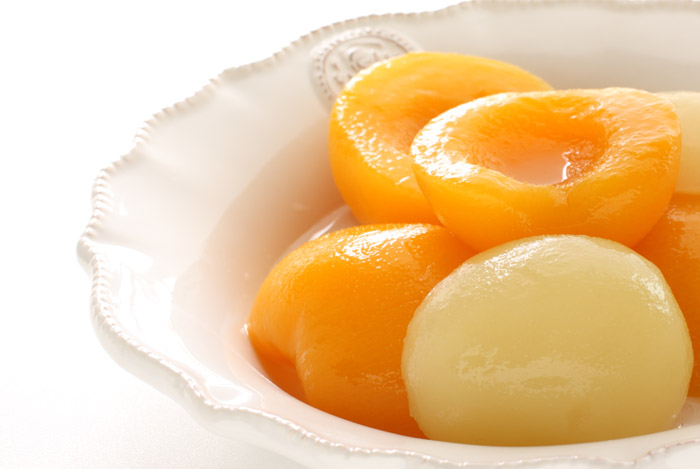 Apple juice is the more common beverage – I don’t usually drink pear juice. But here’s the issue: pear juice is commonly added to canned fruit, purees, and other foods. This is because it is a natural sweetener, readily available, and has a somewhat neutral flavor.
Apple juice is the more common beverage – I don’t usually drink pear juice. But here’s the issue: pear juice is commonly added to canned fruit, purees, and other foods. This is because it is a natural sweetener, readily available, and has a somewhat neutral flavor.
The pear juice company Tree Top, Inc. received an FDA warning about their high levels of arsenic. The FDA analyzed samples of the pear juice and found up to 50 parts per billion. Arsenic concentrations over 23 parts per billion may lead to health issues.
5. Drinking Water
 Arsenic can get into the water supply through natural deposits of minerals in the earth, or from industrial and agricultural contamination.
Arsenic can get into the water supply through natural deposits of minerals in the earth, or from industrial and agricultural contamination.
Luckily most drinking water is not polluted and only contains small concentrations of arsenic.
Congress passed the “Safe Drinking Water Act” in 1974. The law requires the US Environmental Protection Agency to ensure drinking water does not cause health issues. The maximum level of contamination by arsenic in drinking water is set at 10 parts per billion. Further, each state may have stricter thresholds than the EPA threshold.
You can also check the level of contaminants, not limited to arsenic, by plugging in your water company and zip code on the Environmental Working Group (EWG) tap water web site.
Limiting Arsenic by Varying Your Diet
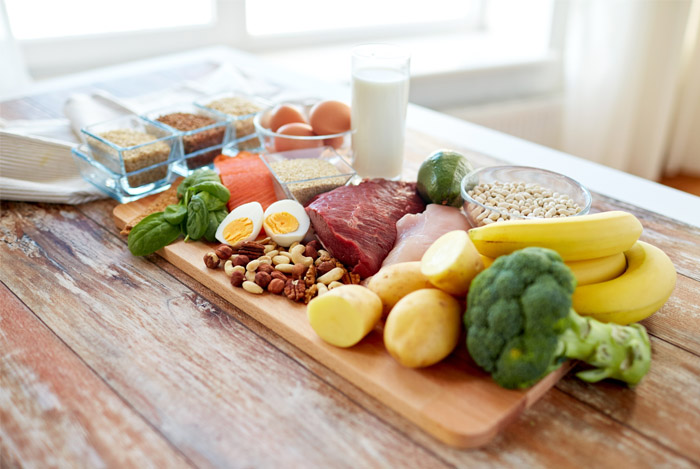 Alright, so arsenic is in some foods in low concentrations, but how can we avoid over consumption?
Alright, so arsenic is in some foods in low concentrations, but how can we avoid over consumption?
Simple, the FDA says:
“Our advice right now is that consumers should continue to eat a balanced diet that includes a wide variety of grains — not only for good nutrition but also to minimize any potential consequences from consuming any one particular food”.
One thing to note is the growing concerns around gluten sensitivity, and how this may increase movement to rice-based products. Be careful!
Consider Testing Your Drinking Water
 Not satisfied with the EWG website’s breakdown of your local water?
Not satisfied with the EWG website’s breakdown of your local water?
Fear not – you can find a handy dandy arsenic in groundwater map from the U.S. Geological Survey website’s groundwater section. And if that isn’t good enough, you can get your own water tested for $16 to $18 dollars or so. Just contact your local health department.
Have arsenic in your water?
Time to install a reverse osmosis system to remove inorganic crud like arsenic and other metals. But good news is, you’re probably already in the clear – most water companies do a good job of filtration on their own.
Problems may arise if you own your own drinking water well, since this water is directly from the earth, so if that’s you it could be worth getting checked.
Conclusion
 This isn’t a scare post – the arsenic in food is generally low concentration. But in the unlikely event that you live near an industrial area – be in the know. The increased exposure of arsenic in the air, combined with a diet high in the food products listed above may put you at risk.
This isn’t a scare post – the arsenic in food is generally low concentration. But in the unlikely event that you live near an industrial area – be in the know. The increased exposure of arsenic in the air, combined with a diet high in the food products listed above may put you at risk.
What sucks for me is that…rice is pretty good. I like rice. Still, I don’t think we have too much to fear.
Did you know these foods contained arsenic? I had no idea. What are your thoughts? Let me know in the comments!
The post 5 Horrible Foods to Avoid to Reduce Your Consumption of Arsenic appeared first on Nutrition Secrets.
http://www.nutritionsecrets.com/arsenic-in-foods/
No comments:
Post a Comment